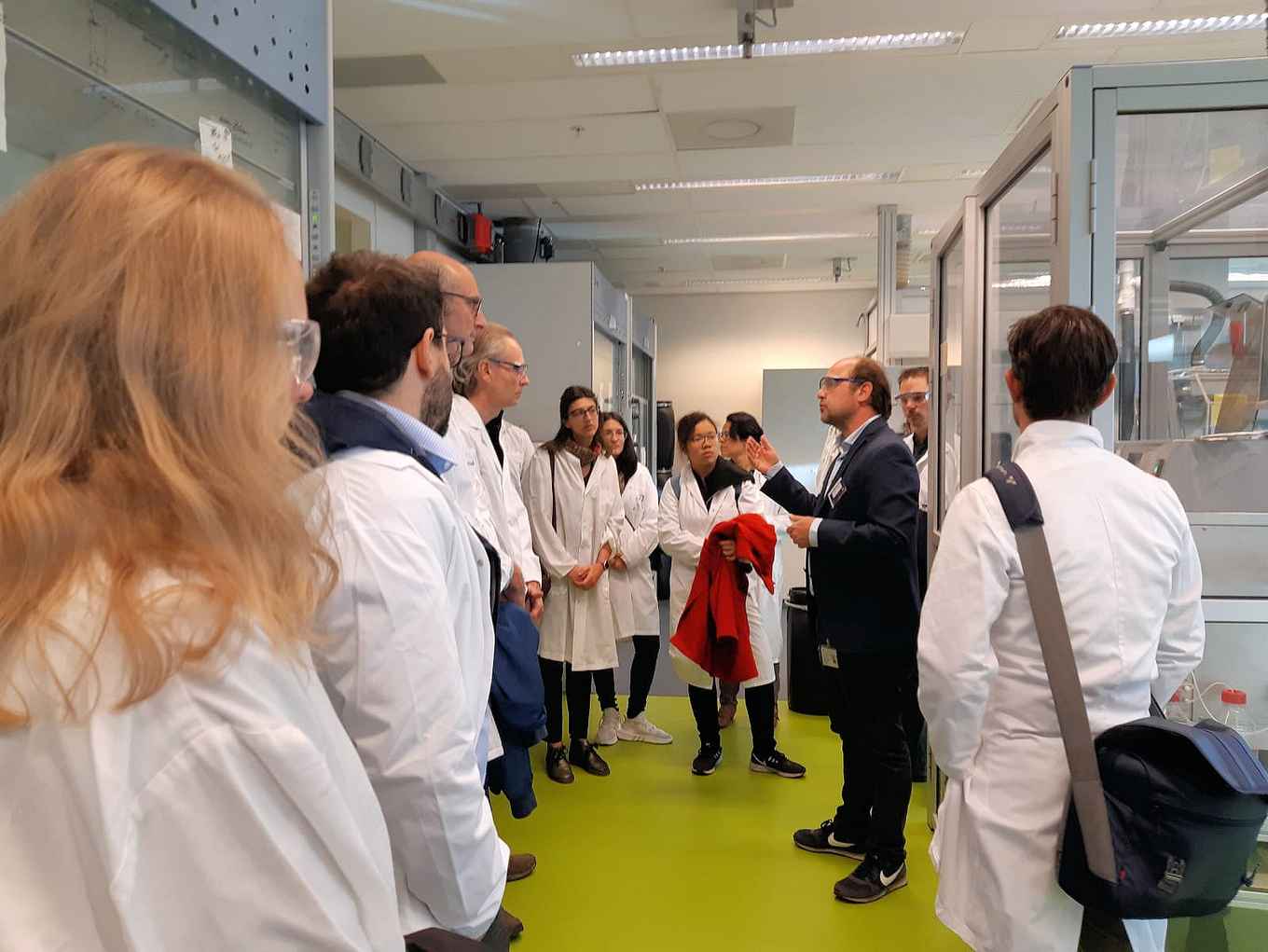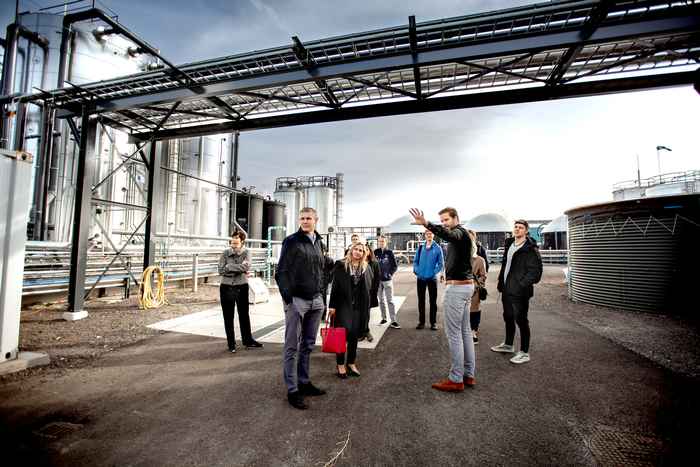'Behind the scenes' at Amsterdam Chemistry Innovation Day
23 October 2018

Central venue of the day was Science Park 904, home of HIMS. Around nine o'clock the first visitors assembled to visit chemistry locations in the Amsterdam area: the HIMS laboratories, fertilizer producer ICL, paint and coatings supplier PPG, catalyst company Albemarle, biobased chemicals producers Avantium and ChainCraft, and the innovation hubs Prodock and Science Park Startup Village.

At noon everybody returned for lunch after which the plenary programme at Science Park 904 started with a welcome by Prof. Peter Schoenmakers, scientific director of HIMS. He was happy to have the VNCI celebrate its centenary at UvA grounds, emphasizing today's good relations between university and industry.
Next Roon van Maanen, director of Circular & Renewable Industry at the Port of Amsterdam outlined the perfect opportunities of the Amsterdam region to contribute to the establishment of a circular economy. According to Van Maanen, a lot is to be expected from the strong links between the local knowledge institutions and chemistry companies, combined with the good infrastructure for knowledge transfer and the start-up and scale-up of chemistry-oriented businesses.
Chemistry towards 2050
Then VNCI director Colette Alma took the stage presenting a national perspective for chemistry towards 2050. The Netherlands can become a 'climate champion', she argued, and in this the Dutch chemical sector can play an important part. By realizing a huge reduction in its CO2 emissions but also by contributing to the sustainability of other industry sectors. This dramatic change would, however, require speeding up innovation, governmental regulation and legislation.

Professor Jan van Maarseveen closed the plenary session with his scientific lecture on 'How to force a molecular thread through a macrocyclic ring?'. He described the efforts of his group in the synthesis of catenanes, rotaxanes and, ultimately, complex lasso peptides. Motivated not only by the scientific satisfaction of being able to produce these classes of molecules in the laboratory, but also to gain the synthetic knowledge to possibly develop them into valuable pharmaceuticals.
Succesful day
After a short break the afternoon continued with a variety of breakout sessions on subjects ranging from Circular Chemistry to the Chemistry Employee of the Future, and from Art Conservation to Scientific Storytelling. The day ended with drinks and the wrap-up by VNCI chairman Bernard Wientjes who emphasized the importance of chemistry for the sustainability of our society and the transition to a circular economy. Looking back on a successful day, Wientjes thanked the organisation and looked forward to the next 'Behind the scenes' session to be held in Terneuzen, heart of the chemistry cluster at the Southwest of the Netherlands.